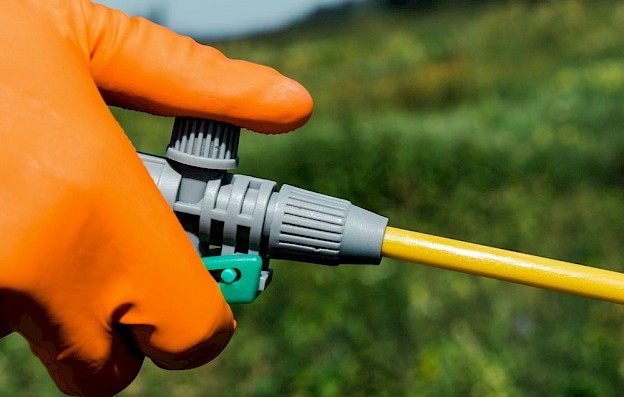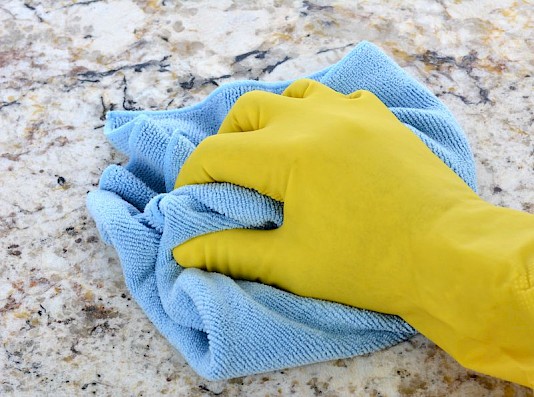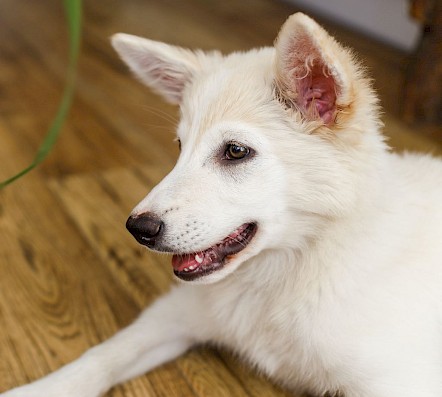I'm busy, detail oriented, cost conscious and highly selective as to whom works in and/or around my home. This is a service based company that actually provides superior service. Don't waste anymore time... call them. ~ a satisfied customer for three years.
Pesticide Safety Tips

Many homeowners choose to do their own pest control. If you do your own spraying, it’s important that you understand the dangers and take precautionary measures.
The majority of pesticide preparations that are sold to the general public contain chemicals that can cause harm. Anyone who uses pesticides has a legal obligation to protect other people, animals, and the environment from unnecessary illnesses or damage.
Before you start to spray, make sure to read the label on the container. It is critical to follow the directions completely. These safety tips can also serve as additional guidelines for using pesticides responsibly.
#1 Check the Weather
Sprays tend to blow in the wrong direction on windy days. Rain can also cause the pesticide to run off into bad areas. If the weather forecast predicts rain or wind, it is better to wait for another day.
Ensuring that sprinkler systems do not come on during or immediately after the application is another essential precaution to take.
#2 Wear Protective Clothing
The chemicals in pesticides can cause skin irritation if they hit your skin. Certain chemicals are also linked to cancer or reproductive harm. It is best to cover as much exposed skin as possible. Wear long sleeves and pants, as well as gloves to protect your hands from being sprayed or dripped on during the application.
Once you are done spraying, change out of your clothes. These items should be laundered before being worn again. Wash your hands after changing to get any residue off that might have come in contact with your skin when you removed your gloves and other clothing.
#3 Put Together an Emergency Clean-Up Kit

Being prepared for spills helps to minimize the risk of runoff into the environment. Absorbent materials work best for cleaning up pesticides. Cat litter, towels, and sawdust are a few of the best materials to absorb the liquid.
Avoid using water to hose the area down. This can cause the pesticide to contaminate soil and other vulnerable areas.
#4 Mix Pesticides in a Well-Ventilated Area
Many pesticides are sold in concentrated formulas. Find a well-ventilated area that allows you to mix the formula without breathing in spray or heavy fumes. An open garage or driveway is a safe place to do any mixing.
#5 Remove or Cover Food and Eating Utensils
Indoor pest control problems should only be treated with formulas that are meant for use inside buildings. Putting pesticides down indoors requires additional preparation.
Make sure that all food is completely covered or moved to a safe location. The same goes for dishes and silverware.
#6 Keep Children and Pets Away From the Area

Small children could inhale the spray. They might also be curious and play with granules or powders. Pets might eat or lick up undried pesticides, and exposure to the chemicals can harm anyone if it is absorbed through the skin.
The label on the container should list how long to keep others away from the application site. If you apply a pesticide in a publicly accessible area, you may need to post warning signs.
#7 Dispose of Empty Containers Properly
Improper disposal of leftover pesticides and empty containers can lead to unintentional exposure and environmental issues. Check with your local trash program or the community environmental services to find out how to properly dispose of the leftover materials.
Pesticides are strong chemicals that are designed to kill unwanted insects and animals. Following the directions is vital for reducing the risk of harm to people, animals, and the environment.
If you are hesitant to do your own spraying, give us a call. Our professional pest technicians undergo continuous education and training throughout the year to ensure pesticides are used in the safest way possible.
